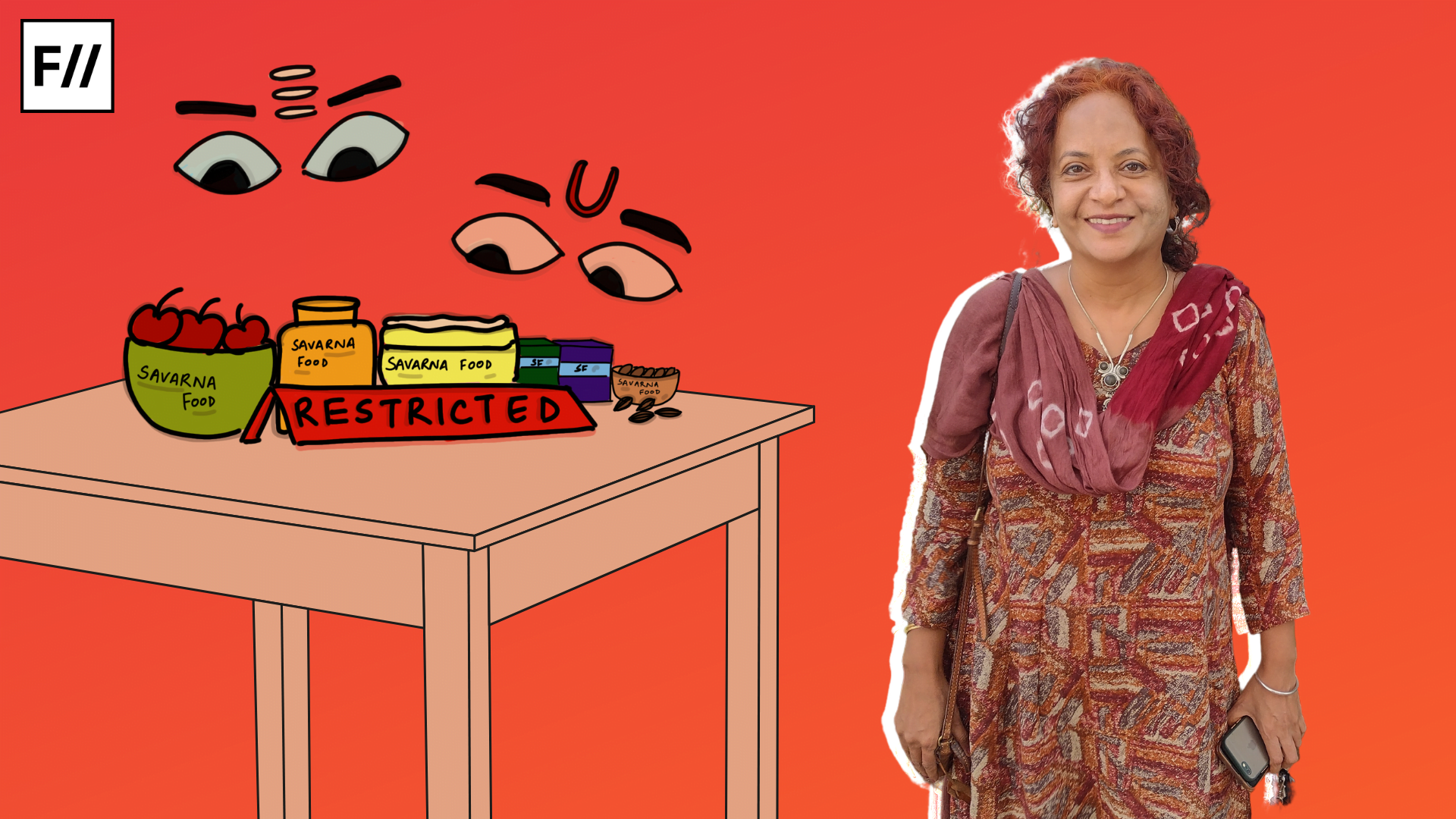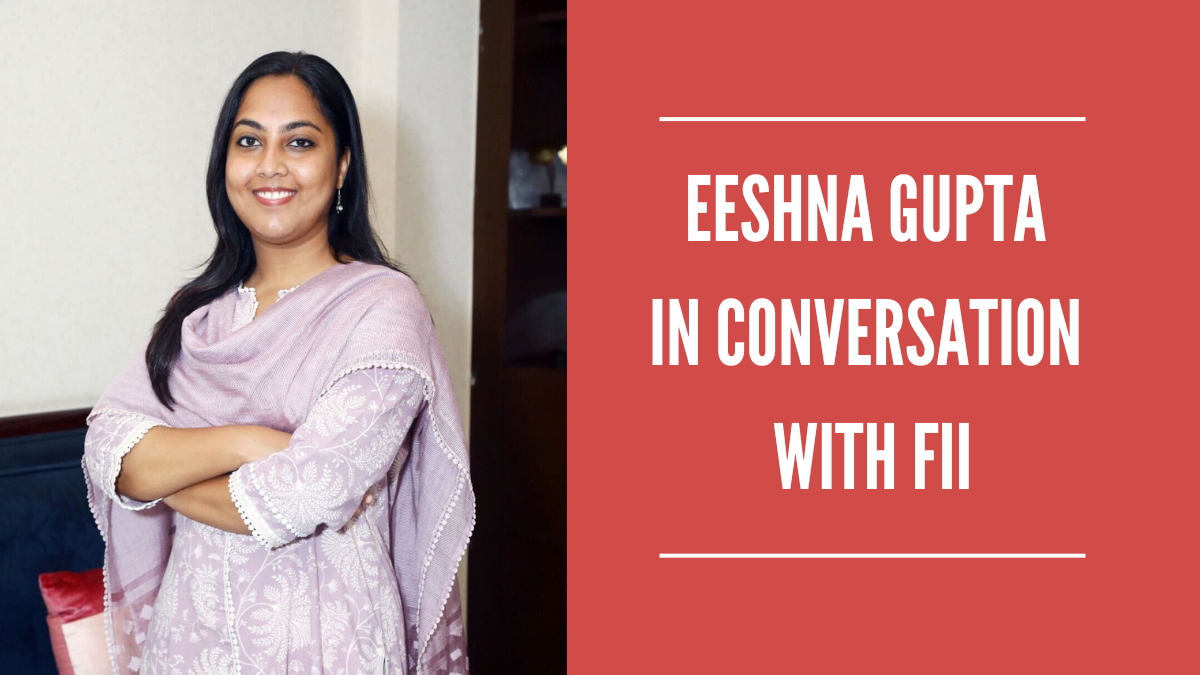Half an hour before our scheduled call, I scroll through public health doctor, Dr Sylvia Karpagam’s Twitter. She’s as active on social media, driving public discourse on healthcare and food equity issues, as she’s on-ground—conducting research on social determinants of accessibility to healthcare and nutrition, health camps for senior citizens, as well as engaging in the issues related to custodial deaths.
Despite doing so much already, she’s committed to bridging awareness about the lesser-known intricacies of our public systems. Rising above her years of medical experience, she markedly speaks with me in simple, demotic terms.
Q: Biased notions about food seem to permeate everywhere, whether that be on social media, in homes and kitchens or even within education systems and governing bodies. How did you, as a vocal advocate for anti-caste, inclusive and intersectional healthcare get involved in this discourse?
There’s a whole host of socioeconomic factors that affect public health—just having a hospital does not ensure health for all. Data consistently shows that it is critical to provide accessibility to marginalised groups in order to ensure well being. When people are already facing discrimination based on their caste, gender identity, sexuality, religion etc., we need to have much more inclusive policies for health care and social determinants of health.
I think all of this is caused by inherent prejudice within medical education in the first place. When the system producing doctors itself is elitist, predominantly English-speaking, upper-caste, it can result in the passing on of unscientific discriminatory traditions. For instance, during the COVID-19 pandemic, so many Islamophobic doctors just blindly used Tablighi Jamaat to excuse their all-out refusing to treat patients, inspite of it not being epidemiologically sound to blame one group for a pandemic.
Dr. Sylvia Karpagam
Such data that is available through surveys and research tends to be viewed through a prejudiced lens and influenced by privileged people in power. We need to understand data, research and regulations from a larger framework and perspective. For instance, studies show that diversity in diets and animal-source foods, which are often eaten traditionally by these communities, are important to meet nutritional requirements. However, people in power misinterpret research findings and bring in cheap homogenous foods that are not very nutritionally dense. Policy-maker’s own social positionality of gender, class and caste can result in bias that imposes foods based on politics and ideology rather than science, culture and tradition. Again, it is important to understand whose culture and tradition get foregrounded and whether all caste and religious groups find representation in policy-making.
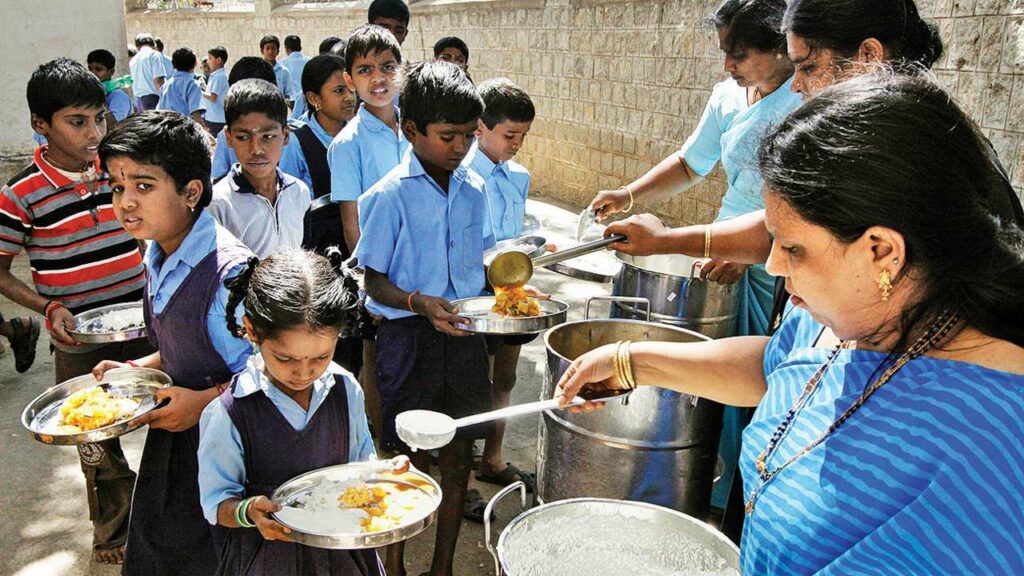
Policymakers claim that India is largely vegetarian (a largely casteist notion, given that 70-80% do not identify as vegetarian) or that India is too poor of a nation to feed its population animal-source foods, so they enforce elimination of culturally and nutritionally important foods.
Also read: Vegetarian Fundamentalism In Indian Workspaces
Many influencers play a role in this: legal criminalisation of certain foods, teachers who communicate nutritional education, doctors who prescribe foods based on western medicine.
Several large-scale corporations in India, who offer free meals, also exacerbate these same misconceptions. Thus communities are shamed into losing their food heritage, nutritionally-dense foodstuff, and are resigned to meals devoid of important nutrients.
Vegetarianism isn’t the same across the board. Rich, upper-caste vegetarians can afford to have a variety of nuts, pulses, spices, vegetables and fat sources—but communities dependent on food schemes and governmental policies are deprived of this diversity. Most often, their imposed diet on people experiencing poverty is restricted to a majority of grains, or at most, millets.
Even veganism is monopolised by the same caste group from the same western lens—their moral positioning hasn’t entirely crossed out of the shadow of casteism. Many farmers, who we have spoken to, point out that they don’t want to be spoken for: in their view, loving an animal doesn’t necessarily mean keeping the animal till the end. They are sensitive to its pain, illness or disability, and only take action based on this.
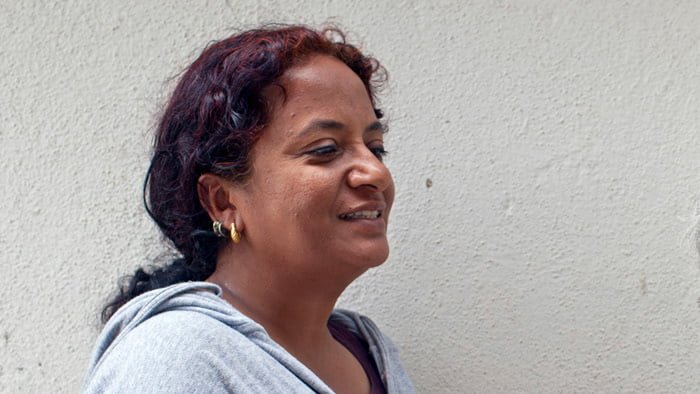
Source: Hari Adavarekar
We, as public health researchers, started getting involved in this movement to challenge unscientific schemes, corporate involvement, and ideological policies that are perpetuating malnutrition, instead of creating access for communities.
Q: Do you think western approaches and feminisms are a cause for this bias in healthcare?
To an extent, yes: take for example, western models of healthcare that are simply replicated in India by doctors trained in westernised medical institutions. However, it is important to factor in the unique context of India in terms of culture, social and economic issues. For example, in a formal work economy, work from home may have been an option during the pandemic—as in India, where some of the urban middle class managed very well—but what about the thousands of people who are daily wage workers, who lost all access to income? In Indian cities, they are often forced into small urban spaces, where the risk of disease is heightened by the people’s close proximity.
The case of Payal Tadvi’s institutional murder just highlights the casteism in medical institutions. She did her duty of informing people in power and seeking justice when she was being harassed and discriminated against, but all those systems failed her. We hear the stories of so many medical students that face similar situations—so many face blatant sexism, caste discrimination, Islamophobia, transphobia. Students from marginalised groups are made to feel that by coming through reservations they aren’t meritorious.
Dr. Sylvia Karpagam
Even India’s “vegetarian myth” can be ascribed to the oppressor-caste people living in the west, who lead the narrative—the same ones who’d rather focus on race-related issues than on their caste privilege, because then they are the victim of an oppressive system.
Also read: FII Interviews: TheBigFatBao On Documenting How Our Caste & Gender Determine The Food We Eat
We have a lot of data on the issues faced by the oppressed communities, but the focus has to shift to the oppressor communities and how their behaviour and influence on decision making perpetuate some of these social inequalities. For healthcare access as a bigger goal, we need to understand the barriers created by such social determinants, such as caste, class and gender—contextualising policy within an Indian framework.
Q: As a doctor, what instances of casteism and sexism have you noticed within healthcare systems? And how are such power dynamics within these institutions of provision of basic services detrimental to already pre-existing caste and gender divides?
When I was working with an HIV centre, my colleagues would use such degrading language, intrusive questioning and harassment, based on people’s occupation, caste, gender, religion, sexual orientation etc.. One women, who was a commercial sex worker, was refused registration, because “they bring down our statistics” and “they make us look bad.”
I think all of this is caused by inherent prejudice within medical education in the first place. When the system producing doctors itself is elitist, predominantly english-speaking, upper-caste, it can result it in the passing on of unscientific discriminatory traditions. For instance, during the COVID-19 pandemic, so many islamophobic doctors just blindly used Tablighi Jamaat to excuse their all-out refusing to treat patients, inspite of it not being epidemiologically sound to blame one group for a pandemic. Some of this prejudice stems from the medical education system.
The case of Payal Tadvi’s institutional murder just highlights the casteism in medical institutions. She did her duty of informing people in power and seeking justice when she was being harassed and discriminated against, but all those systems failed her. We hear the stories of so many medical students that face similar situations—so many face blatant sexism, caste discrimination, islamophobia, transphobia. Students from marginalised groups are made to feel that by coming through reservations they aren’t meritorious.
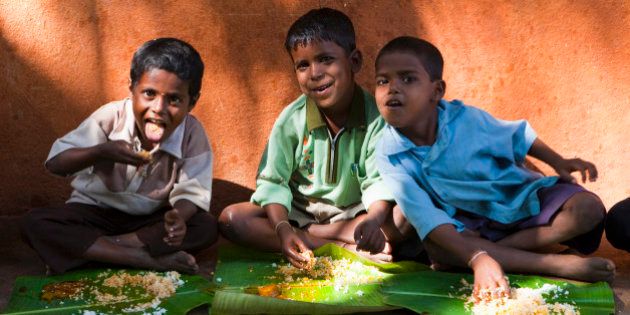
However these same people who oppose reservation or affirmative action, choose to turn a blind eye when rich students buy their way through medical college or post graduation—how is this meritorious?
Caste disadvantages people in many ways. It doesn’t just manifest as teachers discouraging students from pursuing studies, but also as healthcare workers ignoring dalit communities for immunisation, health education, social security schemes, preventive programs etc. This means that dalit communities have poorer access to healthcare. Casteism affects the wage gap as well, further restricting healthcare in an urban-centric, corporatised and elitist, private healthcare system.
The issue is that the modern Indian medical education system relies less on actual experiences interacting with patients, and more on tests, procedures, certificates and papers. Failing at humane, cultural sensitivity, so many medical professionals are disconnected from the social and economic realities of their patients. Many doctors are not trained to understand medical issues of the transgender community such as hormone therapy and their unique health related issues.
Also read: Elite Sustainability: Devaluing Local Food Practices To Match The West
We see so many doctors on social media being openly casteist and islamophobic. One can only dread to think of how they behave in settings such as medical colleges and hospitals where there is a power imbalance. Within hospital walls, so much abuse, rights violation and negligence is faced by people from marginalised genders, oppressed castes and tribes.
Trigger Warning: Abuse
Q: Speaking of institutional abuse, can you tell us more about your work at the intersections of healthcare and criminal justice—particularly about the implications of custodial torture?
We are currently compiling a handbook for doctors, activists and lawyers on how to prevent and respond to custodial torture. Doctors, like me, are brought in to look at the medical reports in the event of custodial violence or death of an incarcerated person. We often receive cases where people of marginalised identities are illegally mistreated by authorities. Many a time, these go unnoticed.
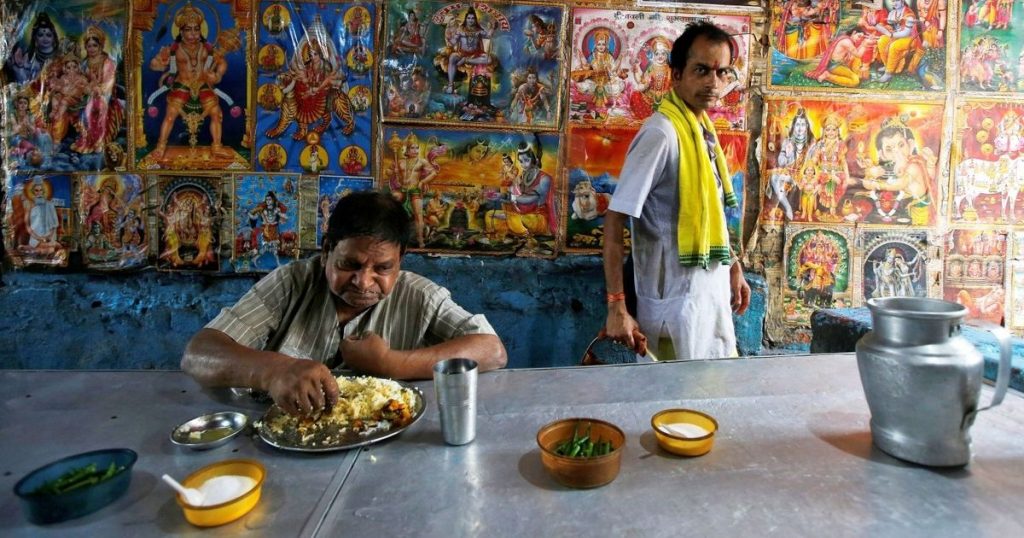
Health personnel have also, at times, participated in custodial torture in many ways. They can share medical information about a person in custody that makes them more vulnerable to torture (such as denying a chronically-ill person their medication), denying treatment or falsifying documentation.
The perpetrators use this information to deny custodial torture or to claim that the person’s injuries occurred prior to incarceration.
Transgender people, adivasi people, dalit people, muslim people—the fact that they are disproportionately incarcerated or caught up in disappearances and encounters goes to show that there is very much a bias within judicial systems. Likewise, there is a similar bias in healthcare.
Even in the case of non-custodial crime, reported post-mortem sometimes needs to be re-evaluated. The death of a child, who’d been raped by a minister’s son, was written-of as death by dengue by the forensic doctors writing the post-mortem report. The case fell through because of this false reporting.
People in positions of power simply dehumanise vulnerable people, with their privilege of impunity.
Q: What do you think is the role of social media in finding a solution to these issues?
Social media allows us to work outside of institutional spaces that control the mainstream narrative by restricting how we articulate issues.
In response to my posts, I have seen people reach back to me, ask queries, offer to translate, use them as resources—this is my role: to provide scientific information that can be used by people in various ways. Of course, social media is still accessed by only a very niche audience. Between my basic fluency in five languages, I try to provide access to resources in vernacular languages, as well.
At the same time, I believe that bringing these issues to mainstream media is essential to amplifying important information to all communities. This is why I try to do media interviews and the likes as well, because those of us who have accurate, scientific knowledge need to step up and grab the mic.
The interview has been paraphrased and condensed for clarity, at the interviewer’s discretion.
Dr Sylvia tweets @sakie339 and writes about health in simple details over on her blog. Her in-depth research papers can be found online as well.
FII thanks her for her time, her invaluable work and the important information that she has conveyed to us.
